I love experimenting and creating things! The very first time I made pokeberry ink I was just playing around and had no real instructions. I suppose you could say I was just going with the flow. I had so many poke plants in my yard, and I didn’t want to see them just shrivel up and go to waste, so … I created something!
What Can You Use Pokeberry Ink for?
Pokeberries can be used to make ink as well as dye, but I have only tried my hand at the ink so far. Pokeberry ink can be used for writing with a calligraphy pen, as watercolors for painting, or to stain wood. If you use the ink to stain wood, it is wise to seal it to ensure that the color stays.
Pokeberries are not edible, I repeat, they are inedible. However, the young green shoots are edible, but we’ll get back to that. The berries stain your skin and basically anything the juice touches, so be prepared! I am about to share this very simple recipe with you so you can create your own ink, too. It doesn’t take much time or effort at all, and if you have the few supplies needed, it’s free. Let’s get started!
Pokeberry Ink Recipe
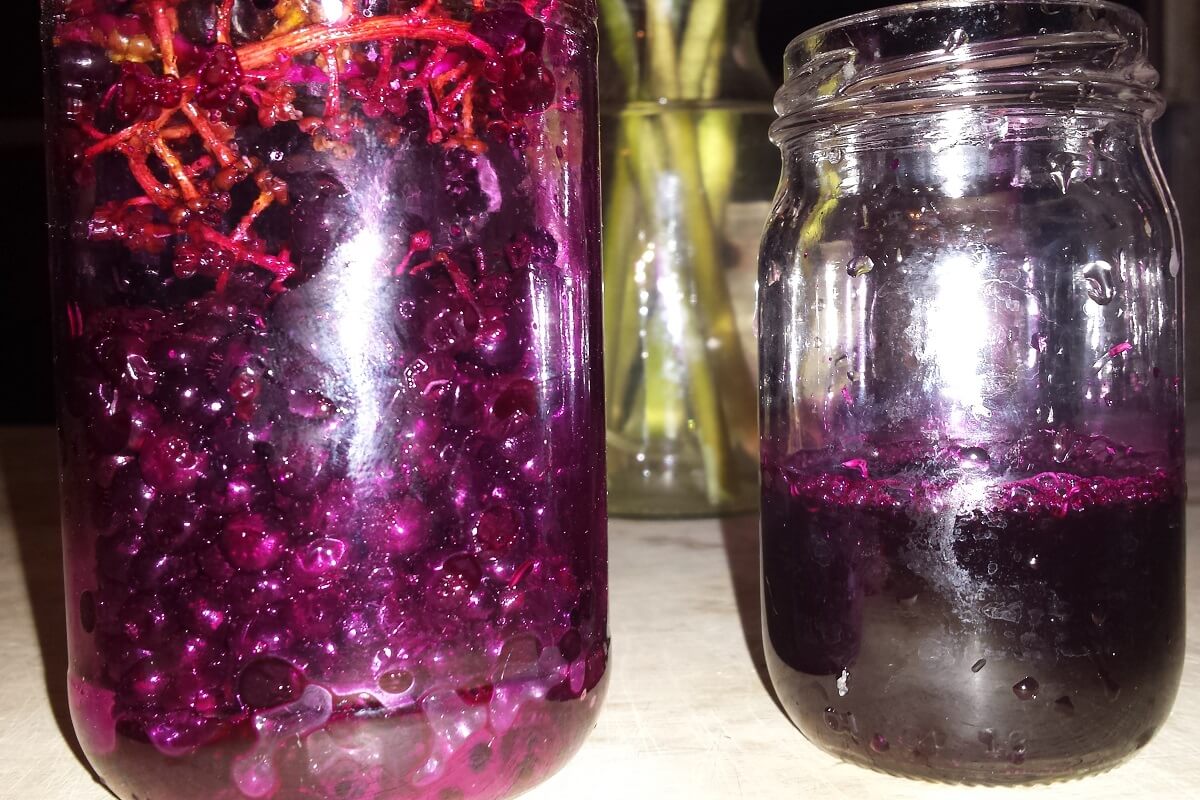
Ingredients
- 2 cups ripe pokeweed berries
- 1 teaspoon white vinegar or isopropyl alcohol
Supplies / Equipment
- pestle & mortar
- wire mesh strainer
- cheesecloth
- latex gloves
- 2 wide-mouth jars
Directions
- Harvest at least 2 cups of ripe dark berries. I suggest wearing your latex gloves while harvesting because it will leave your skin a purplish pink color.
- Rinse the berries in cool water and allow them to air dry. A small fan helps to speed up the drying process.
- Juice the berries by placing them in the mortar and crushing them with the pestle.*
- Place your mesh strainer onto the wide-mouth jar and place your poke mash into it, allowing the poke juice to separate from the seeds and skin.
- Add the vinegar or alcohol to your ink and stir.
- Bottle the ink, let it settle, and enjoy.
- Store in a cool, dry place when not using.
*Side note: If you slightly tilt your mortar as you crush the berries, it will help separate the juice from the pulp and seeds.
A Word Of Caution
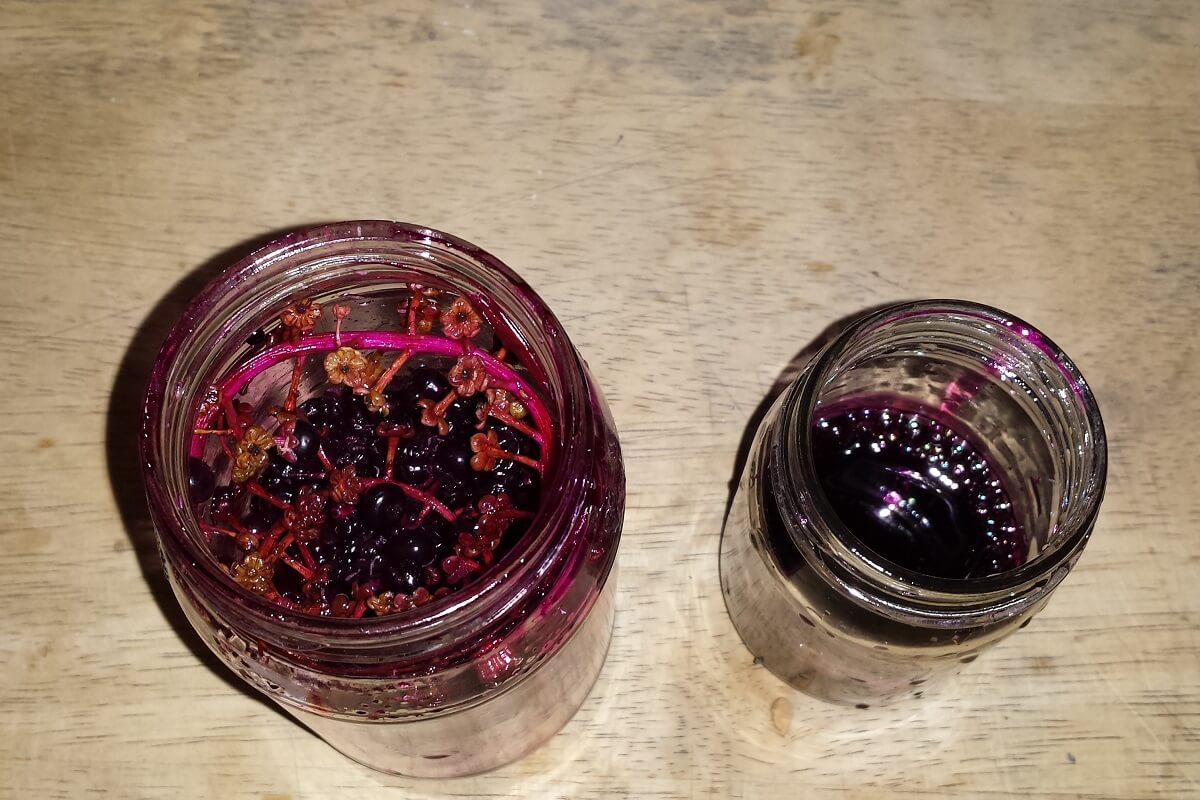
The seeds of the pokeberry plant are poisonous, so be sure to dispose of them and clean the area properly. Make with caution, especially if there are little ones or pets around. There are various recipes that use different ingredients that preserve the ink, but I like to keep it simple and use alcohol or vinegar.
Pokeberry Ink & Dye Ideas
Need a bit of inspiration for how to use your pokeberry ink? Check out some of these gorgeous projects on Instagram.
Fun Facts About Pokeberries
Pokeberry ink is UV-sensitive, which brings about something seemingly magical. The first time I made the ink I used it for writing. Over time, my pinkish-purplish ink became a golden brown. I had no idea that would happen! So, if you want your ink to remain a beautiful pinkish-red color, make sure to spray your work with some type of archival spray varnish that has UV protection.
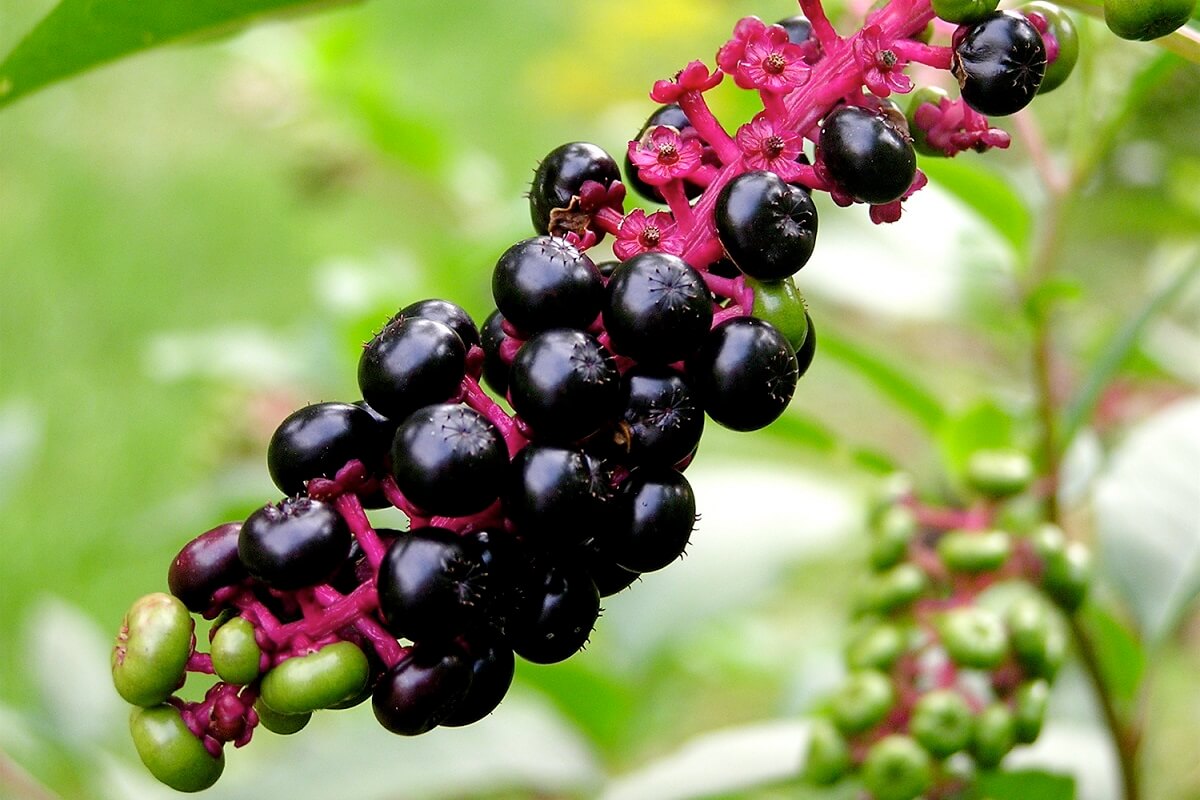
While doing a little research on the poke plant and the ink made from it, I came across an article from the New York Times titled “A Southern Recipe For Natural Ink”. It stated that there is research showing that during the Revolutionary War, the soldiers were making pokeberry ink to write letters that were sent home.
More About The Pokeberry Plant
Pokeberry (Phytolacca americana), aka Pokeweed, is known as a ubiquitous weed, meaning it is present, appearing, or found everywhere. The plant is native to North America, South America, and East Asia. Other names will include pokeweed, poke bush, poke root, and poke sallet.
The taproot, berries and seeds are all poisonous. If any of it is ingested, the effects can range from mild to deadly. BUT, during the very early first days of spring, the young pokeberry plants will have leafy asparagus-like shoots that emerge from the crown. Those young shoots are edible!
Editor’s Note: Be aware that there is a very specific process for cooking pokeberry shoots to make sure that they are safe to eat. It’s important to note that “no U.S. food organization endorses the consumption of pokeweed regardless of how it is prepared.” As with anything you forage for, make sure that you correctly identify the plant and take all the necessary precautions before ingesting. Larry Rankin of Delishably has a comprehensive guide to identifying, harvesting, and preparing pokeweed.
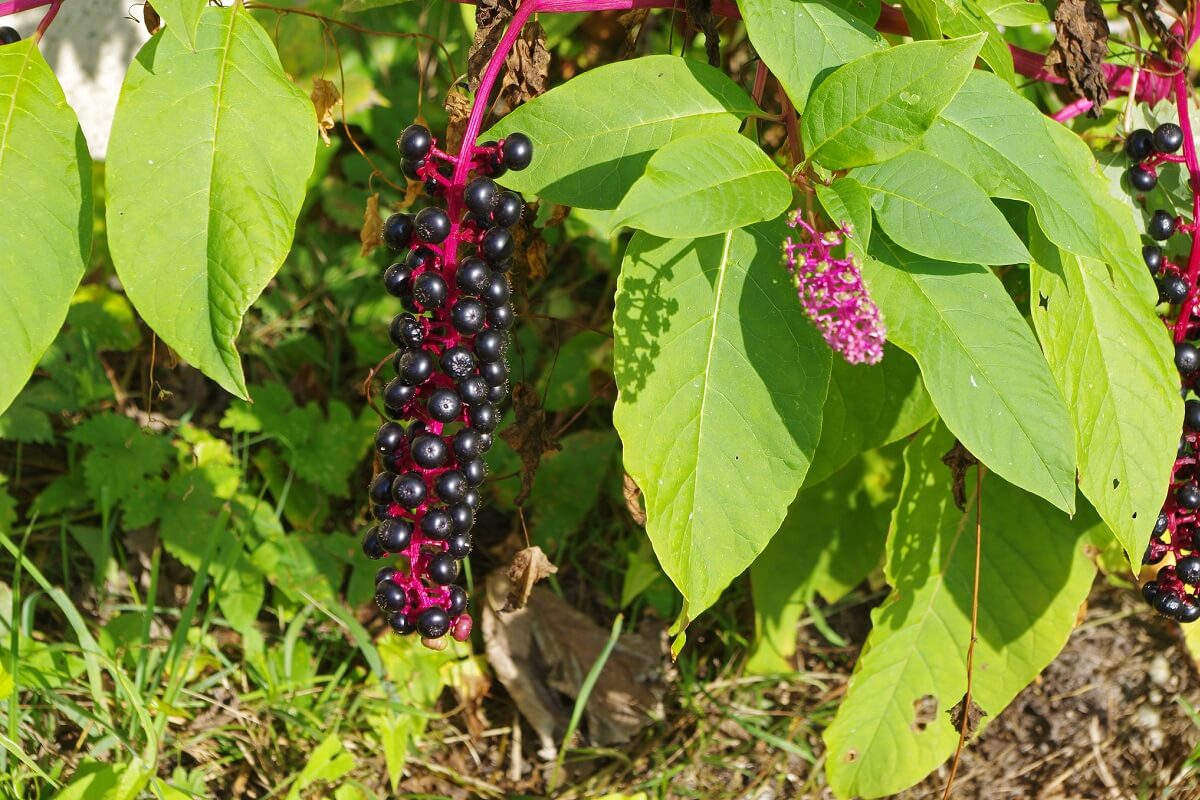
There are actually processors in Arkansas that began canning poke sallet commercially in the ’60s. You can occasionally find a can or jar at the local grocers in season. Poke sallet is cooked and eaten just like any early spring greens. Some people even like to use the stalks, too. You simply peel and fry the stalks similar to an okra pod. Always do your research before harvesting and trying anything new, especially if it could be toxic.
When cooking poke sallet it is important that you leach the greens two times before cooking. To do this you simply take the fresh greens and parboil them for about 3 minutes, drain, and repeat the parboiling and draining process one more time. Now you can safely fry up your poke sallet with some bacon pieces, green onion, and eat up!
The poke berries might be toxic to us, but the juicy purple berries are delicious and completely safe for birds. Many songbirds such as the northern mockingbird, brown thrasher, cardinal, and small animals enjoy feasting on poke berries. The toxins simply don’t affect them.
I hope you’ve enjoyed this article and get a chance to create some beautiful ink. Let us know in the comments if you’ve tried it and how it worked out for you! Happy crafting!




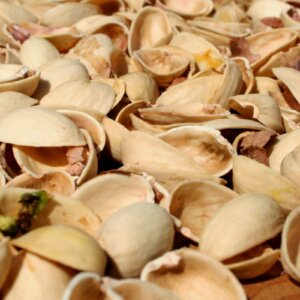


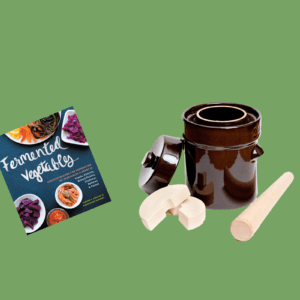

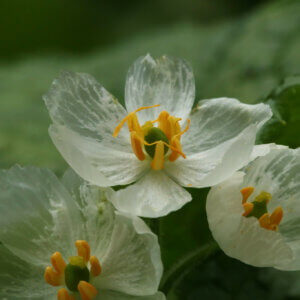

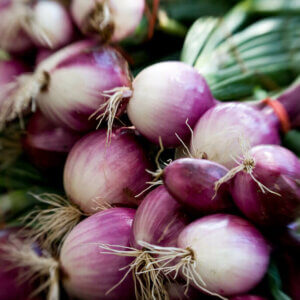

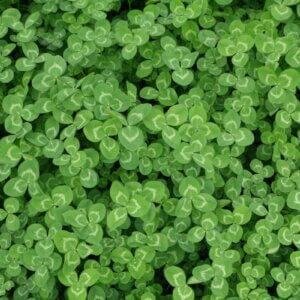


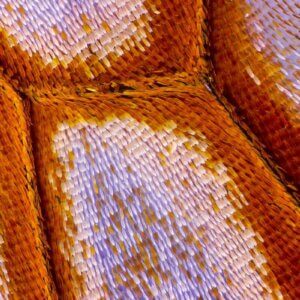
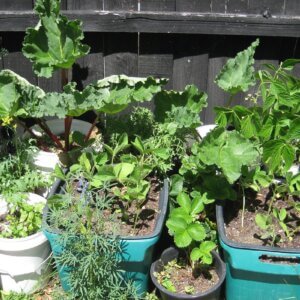
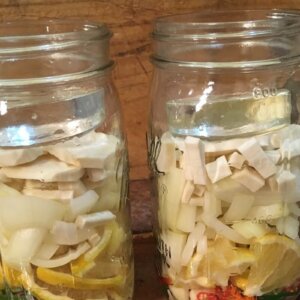
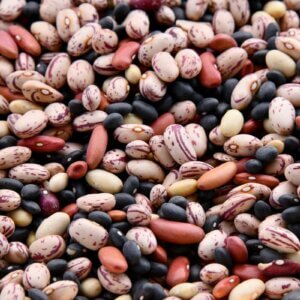

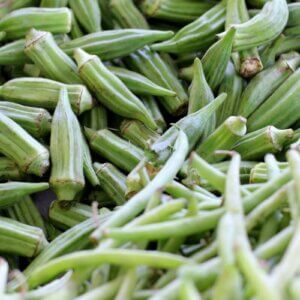


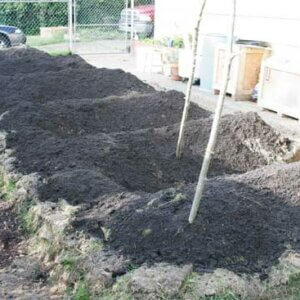

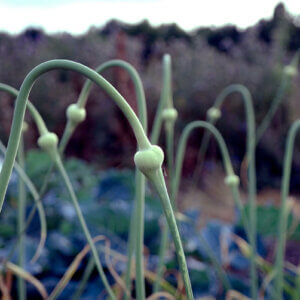
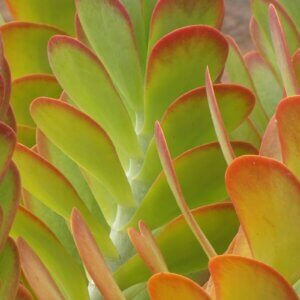
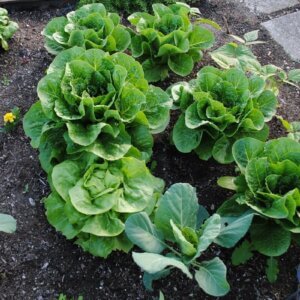


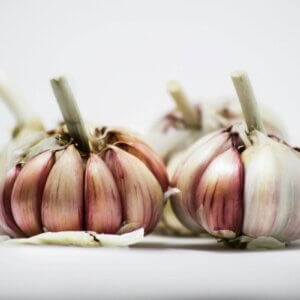



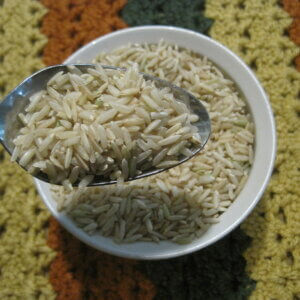
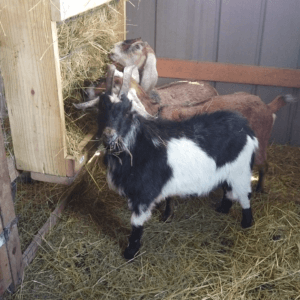



Looks very pretty. Now I just need to find d out where to find the pokeberries. Awesome article as always. So proud of you cousin.
Thank you Elizabeth Bones!! I appreciate your kind words. The poke plant can be found along ditch lines, by creeks, on the sides of the road, empty fields, and places of that nature. They grow big and tall. Once you spot one you’ll never need help finding them again.
Poke! We are overrun with poke on our homestead, and I’m looking forward to this spring–I’ve finally overcome my worry about the toxins that the guidebook overemphasize and just want to cook some tasty greens, haha.
I am super excited about the possibilities for ink with the berries–as an artist and homesteader, I’ve been trying to make inks and dyes from my homestead, rather than the artificial chemical stuff. What a lovely color. I’d read somewhere that the juice had once been used to “artificially” color cheap wine, but this seems to be a much worthier use for them. Just need winter to mosey on by so that I can harvest some berries. Thanks for the article!
Poke salet can be delicious just make sure you pick the prime leaves and cook them properly.
The ink is amazing and I love the color as well! It’s beautiful and can be used in so many ways. I am totally with ya about making our own and eliminating as many chemicals as possible.
This is a great plant. Do a lot of research before consuming any part of it.
https://crops.extension.iastate.edu/encyclopedia/common-pokeweed .
Also – https://www.facebook.com/groups/422787014543861/